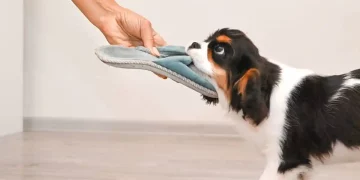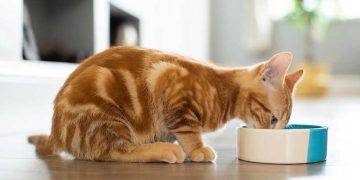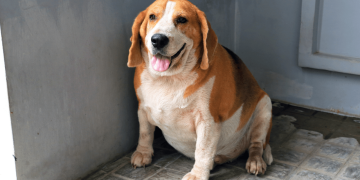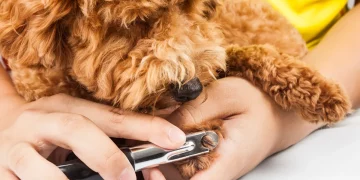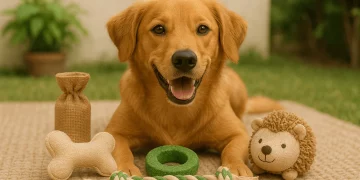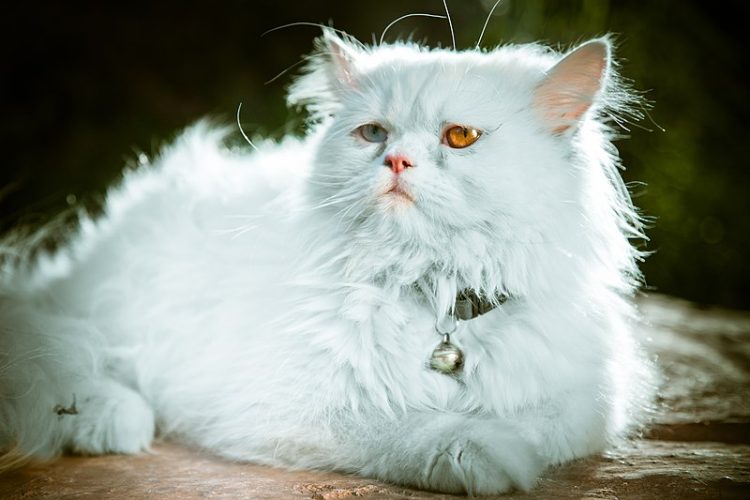Persian cats are famous for their long, luxurious coats that require consistent care and attention. Their beautiful fur, however, comes with a set of challenges that owners must manage to keep their cat looking and feeling their best. Persian cats are prone to matting, tangling, and skin issues if not groomed regularly, which makes grooming an essential part of their care routine.
In this detailed guide, we’ll dive deep into why grooming is so important for Persian cats, how to properly groom them, the best tools and products to use, and how to manage grooming challenges. Whether you’re a new Persian cat owner or someone looking to refine your grooming techniques, this guide will provide you with all the necessary information to maintain your Persian cat’s beauty and health.
1. Why Is Grooming Essential for Persian Cats?
Persian cats are known for their long, thick fur, which requires regular grooming to prevent a range of issues that could affect their health and well-being. Grooming not only helps keep their coat clean and shiny but also plays an important role in their overall health.
1.1. The Importance of Grooming for Persian Cats
- Preventing Mats and Tangles: Persian cats are more likely to develop mats and tangles due to their dense undercoat and long hair. Regular grooming helps prevent these from forming, which can lead to skin irritation, discomfort, and even skin infections.
- Skin Health: Grooming helps to remove dead skin cells, dirt, and excess oils, reducing the risk of skin issues like dandruff and hotspots.
- Reducing Shedding: Despite their long coats, Persian cats do shed, and regular grooming helps control the amount of loose hair they leave around the house.
- Parasite Control: Regular grooming allows you to check for fleas, ticks, and other parasites that may be hiding in your cat’s fur, preventing infestations before they become a bigger issue.
- Bonding and Comfort: Grooming is also a bonding experience between you and your Persian cat. It helps your cat feel relaxed and comfortable, and can even reduce anxiety and stress.
1.2. Grooming and Preventing Health Issues
Grooming doesn’t just enhance appearance—it can also play a crucial role in maintaining your Persian cat’s overall health. Regular brushing, for instance, helps you spot early signs of health problems, including skin infections, hot spots, or abnormalities like lumps or bumps.
2. Understanding the Persian Cat’s Coat and Grooming Needs
Before diving into grooming techniques, it’s important to understand the unique nature of a Persian cat’s coat. Their fur differs from other breeds in several ways that influence how you should care for it.
2.1. The Persian Cat’s Coat Structure
Persian cats have a double-layered coat consisting of a long, dense outer layer (guard hairs) and a soft, thick undercoat. This combination gives them that iconic, fluffy appearance. However, this dense fur can easily become matted if not properly maintained.
- Guard Hairs: These are the longer, coarser hairs that give Persian cats their signature look. They grow long and can get tangled if not regularly brushed.
- Undercoat: The soft, dense undercoat helps insulate the cat’s body. This fur is more prone to tangling and matting, particularly if the cat has a thicker undercoat.
2.2. Challenges of Grooming Persian Cats
- Matting and Tangles: The dense undercoat of Persian cats is prone to tangling, especially in areas where the coat is less likely to be groomed naturally, such as under the arms or around the neck.
- Excessive Shedding: Persian cats shed more than other long-haired breeds, particularly during seasonal changes. This means that regular grooming is necessary to prevent hairballs and excessive shedding around the house.
- Sensitive Skin: Persian cats tend to have sensitive skin, so it’s essential to use gentle grooming techniques and products that won’t cause irritation or discomfort.
3. Essential Tools for Grooming Your Persian Cat
To groom a Persian cat effectively, it’s important to use the right tools. Here are the essential grooming tools you’ll need:
3.1. Brushes and Combs
- Pin Brush: A pin brush with soft, flexible pins is perfect for detangling the coat and removing loose hairs. It’s ideal for everyday use and helps prevent mats from forming.
- Slicker Brush: This type of brush is especially useful for dealing with mats and tangles. The fine, closely spaced pins can penetrate the thick undercoat to remove mats and debris.
- Wide-Tooth Comb: A wide-tooth comb can be helpful for detangling sections of the coat that may have become knotted. It’s particularly useful for sensitive areas like the face and ears.
- Flea Comb: While Persian cats are typically indoor cats, they can still get fleas. A flea comb helps remove parasites and dirt.
3.2. Nail Clippers and Grooming Scissors
- Nail Clippers: Regular nail trimming is important to prevent your Persian cat’s nails from becoming too long, which can cause discomfort or injury. Use a cat-specific nail clipper for precise cutting.
- Grooming Scissors: Sharp, rounded-tip grooming scissors are essential for trimming any stray or excess hair, particularly around the cat’s paws, face, and ears.
3.3. Bathing Supplies
- Cat Shampoo: Use a mild, cat-safe shampoo that is free from harsh chemicals and fragrances. Special shampoos for long-haired cats are available and can help condition the coat and reduce tangling.
- Towels and Drying Mitts: Persian cats can be prone to getting their fur wet and heavy if not properly dried. Use soft towels to gently pat them dry after a bath and ensure that their coat doesn’t become matted.
- Blow Dryer: A blow dryer with a low, cool setting can help dry your Persian cat’s coat quickly after a bath. Be sure to avoid overheating or blowing hot air directly onto your cat.
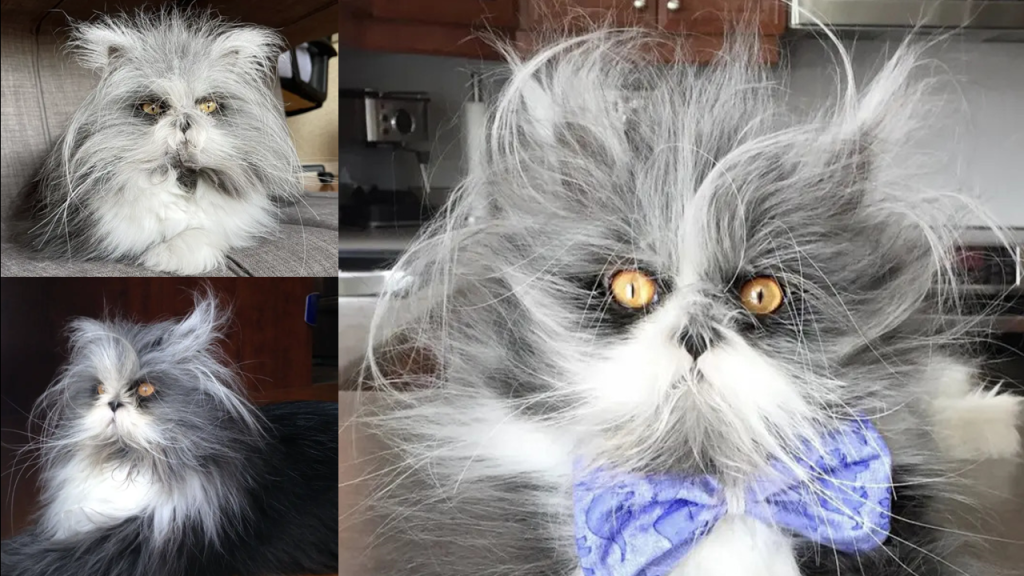
4. Step-by-Step Guide to Grooming Your Persian Cat
Proper grooming requires patience, especially with Persian cats. Below is a step-by-step guide to help you achieve a beautiful, tangle-free coat for your Persian cat.
4.1. Brushing and Comb Technique
- Step 1: Prepare Your Cat: Find a quiet, comfortable place where you and your Persian cat can focus on grooming. Consider using a grooming table or placing a towel down to prevent slipping.
- Step 2: Brush Out the Coat: Start by gently brushing through the outer layer of fur with a pin brush. Work in sections, beginning at the head and working toward the tail. Always brush in the direction of hair growth to avoid pulling.
- Step 3: Detangle and Remove Mats: Use a slicker brush or wide-tooth comb to remove tangles and mats, especially in areas prone to matting, such as under the arms and behind the ears. If you encounter a stubborn mat, try working from the edges outwards, or use your fingers to gently break it apart.
- Step 4: Use a Comb for Detail Work: After brushing out the coat, use a comb to go through finer areas, like the face, ears, and paws. Be gentle, as these areas can be more sensitive.
4.2. Bathing Your Persian Cat
- Step 1: Prepare the Bath Area: Fill a bathtub or sink with lukewarm water, making sure it’s not too hot or cold. Have your shampoo, towels, and blow dryer ready.
- Step 2: Wet the Coat: Gently wet your cat’s fur using a cup or handheld sprayer. Be cautious around the face and ears, ensuring water doesn’t get into their eyes or ears.
- Step 3: Apply Shampoo: Lather the shampoo into your Persian cat’s fur, working it through gently. Be sure to massage the shampoo into the coat to clean thoroughly.
- Step 4: Rinse and Dry: Rinse the shampoo out thoroughly. Afterward, gently pat your cat dry with a towel. If necessary, use a blow dryer on a cool, low setting to dry the coat completely.
4.3. Nail Trimming and Ear Cleaning
- Nail Trimming: Regularly trim your Persian cat’s nails to prevent them from growing too long. Hold your cat’s paw gently and clip the nails one at a time, avoiding the quick (the pinkish part of the nail). Trim only the sharp tip.
- Ear Cleaning: Check your Persian cat’s ears regularly for wax buildup or dirt. Use a cat-safe ear cleaner on a cotton ball to gently clean the inside of the ears. Never insert anything into the ear canal.
5. Common Grooming Problems and How to Deal with Them
5.1. Matting and Tangling
Matting is one of the most common problems Persian cat owners face. It’s important to brush your cat’s coat frequently—preferably every day—to prevent mats from forming. If mats do develop, use a dematting comb or slicker brush to work through them, or carefully cut them out if they’re too stubborn.
5.2. Skin Sensitivity and Allergies
Some Persian cats may have sensitive skin or suffer from allergies that make grooming more challenging. If your cat’s skin is irritated, consult with a vet for recommendations on hypoallergenic grooming products and techniques.
5.3. Shedding
While Persian cats shed less than some other long-haired breeds, they still shed enough to require regular grooming. Use a shedding brush or slicker brush to remove loose hairs, and consider using a lint roller to remove excess hair from furniture and clothing.
6. Conclusion: How to Make Grooming a Routine for Your Persian Cat
Grooming your Persian cat is not just about keeping them looking beautiful—it’s about ensuring their health and comfort. With the right tools, techniques, and a bit of patience, you can keep your Persian cat’s coat in top condition and prevent the health problems that come from neglecting grooming.
Make grooming a regular part of your cat’s care routine. By starting early and making it a positive experience, you’ll help your Persian cat maintain a healthy coat, reduce stress, and build a strong bond between you and your feline friend.


